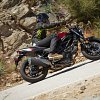Choosing a first motorcycle is pretty easy.
That’s easy. Lance covered it. I covered it. I’m sure Greaser and Spurg could crank out their version of the same article. Hell, it isn’t rocket science. Go easy on price and power, and you’re most of the way to have chosen a great bike. However, making a recommendation on a second motorcycle is really a lot more difficult. I have a few specific suggestions I will trot out, but if you are shopping for your second mo’cycle, I think you can probably decide on your next purchase without any help from me, just by answering these seven questions.
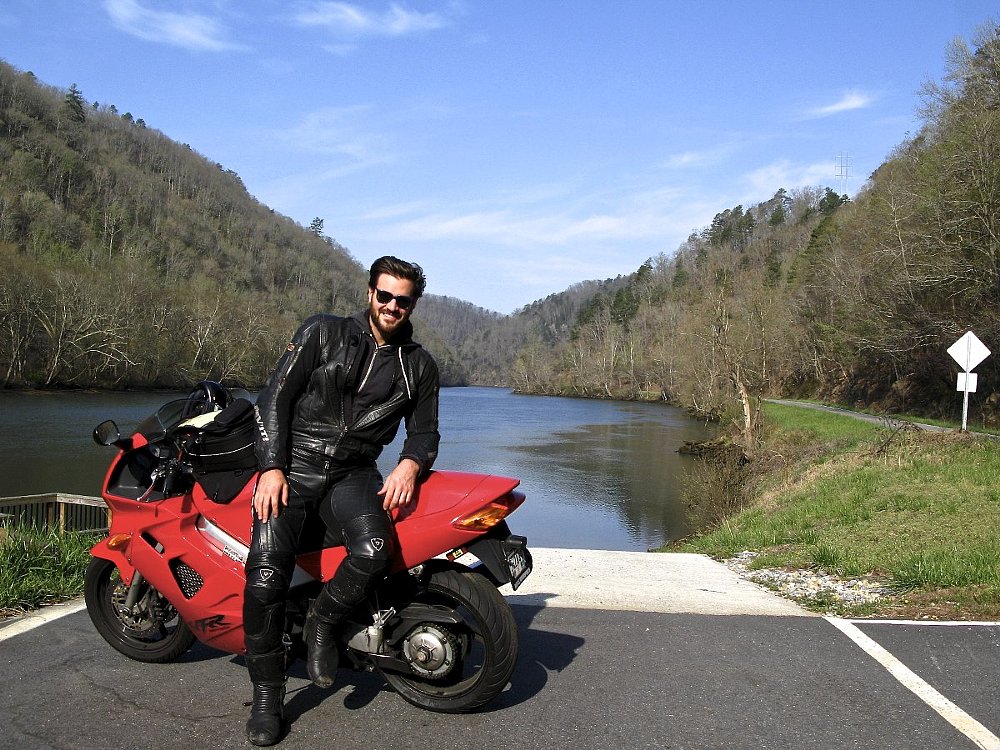
Whatcha wanna do?
If you purchased your first motorcycle like I did (in financial desperation!), you got whatever you could afford. If you purchased your first motorcycle like I recommend, you got a bike that was somewhat flexible, so you could try your hand at a few different types of riding.
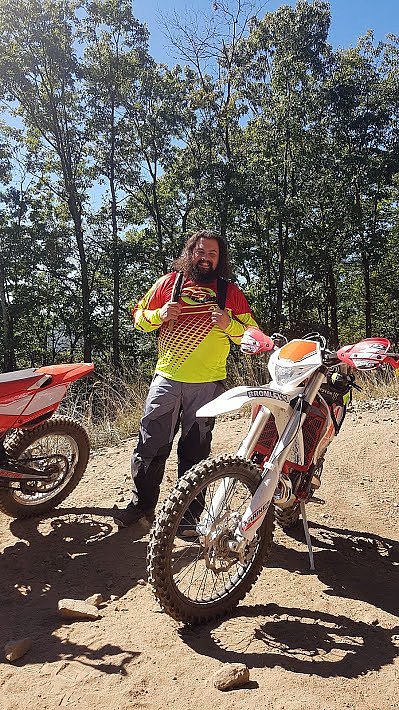
First bikes are all about exploring what kind of riding trips your trigger, so they need to be kinda generic. Second motorcycles are all about finding the right tool for the job, so I think one of the most important things you can do is purchase a bike that’s geared to the riding you would like to do.
Are you adding or replacing?
If you are adding a second bike to your stable, you have (I think) more latitude in what you can purchase than if you are getting rid of #1 to acquire #2. For instance, if you’ve been riding equally on road and trail and you have to have one motorcycle, an adventure bike like a BMW F-series GS or a Kawasaki KLR would make a fine second motorcycle. However, if one started on a 250/300-class street bike, a small dual-sport like a Yamaha WR250R or even a dedicated trail bike like a Honda CRF250X or an older CRF230F (if you are able to transport it) may be a better complement in terms of the types of riding you can do (and could work out to the same cost). The lighter weight bike would likely be easier to use in the dirt — the greater power of the bigger bikes would really only be useful on pavement.
What your first bike was and whether it’s staying or going will likely have a huge impact upon what you might want to look at next.
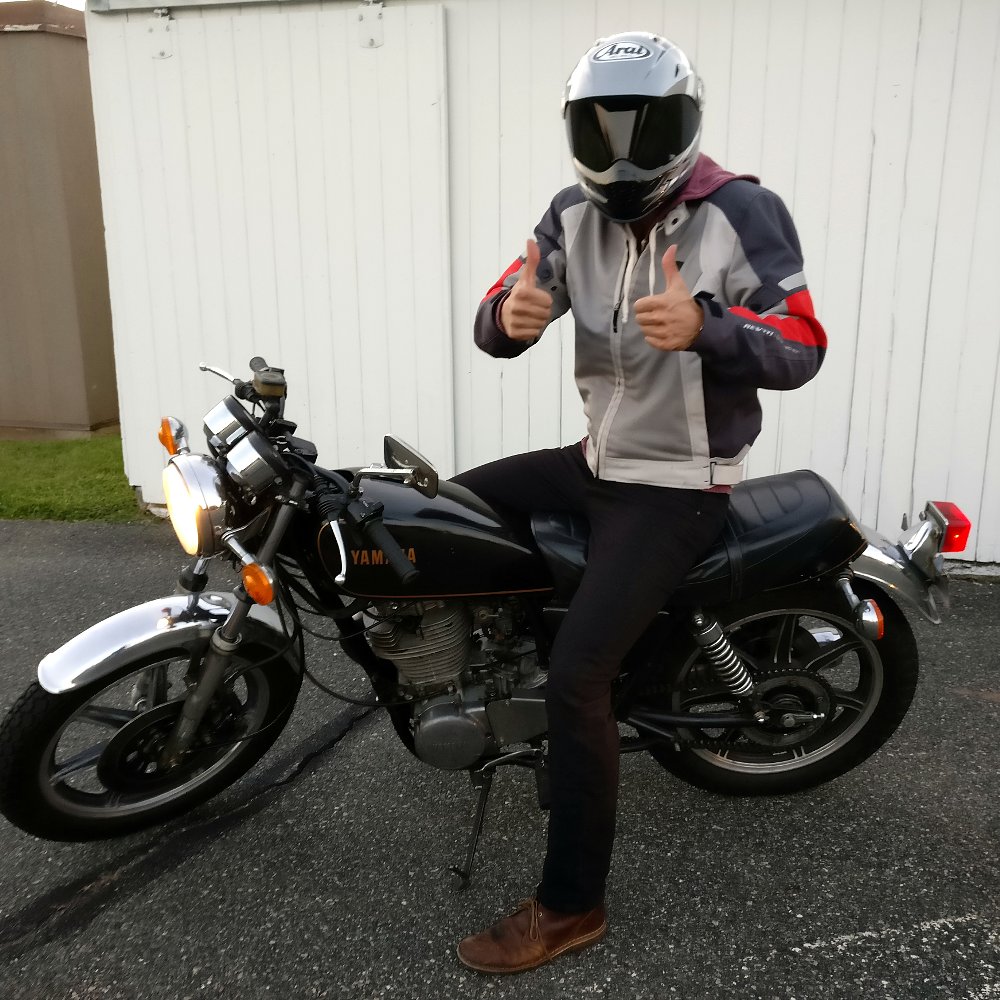
How much dough do you have?
This is, for most people, maybe the biggest determinant of what bike comes next. It sort of plays with your response to the previous question, and also is an obvious filter for some motorcycles. For instance, I think moving from a Kawasaki Ninja 300 to, say, a Honda CBR600RR could potentially be an appropriate progression. This second motorcycle would be for a rider who’s had several seasons on the 300 and is ready for a more powerful bike, and is looking to continue attacking the track. However, if that rider’s wallet doesn’t allow for it, it’s a moot point (and don't forget to consider insurance, as well as purchase price). In that case, a Yamaha FZ6 or FZ6R is probably a good compromise, and the riding position will be more similar to the Ninja anyway.
What did you start on?
Look, I think the Suzuki SV650 is probably a bit too much motorcycle for many beginners. Thus, I think it makes a great second bike, but plenty of riders have kicked off on that bike. If you learned to ride on an SV650, me recommending one as a great second bike makes no sense at all. If you’re going from a Honda Shadow Phantom after a few years to a much-larger-but-probably-not-faster Harley-Davidson Fat Boy, you’d likely transition very easily. If, however, you wanted to try jumping from a Yamaha TW200 to a Kawi KX450 or an older Honda CR500 two months later, you’re likely to be in for a rude awakening when the disparity in controllability becomes evident nearly immediately.
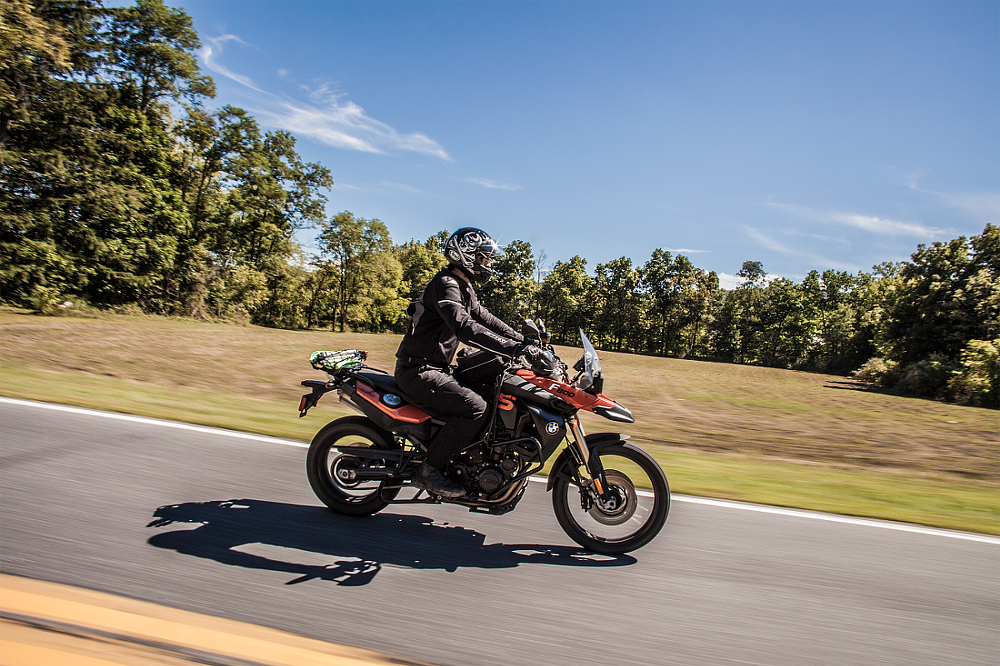
Are you getting taller?
Probably not. But give another look at machinery with taller seat heights that you may have previously rejected. Most people are willing, able, and comfortable on a taller motorbike after they know how to ride. Try out slightly taller machinery to see if it opens up your purchase options. It pays to have a seat on some things at a dealership… just like when you bought your first bike. It’s free to try, and you might have new bikes to take under consideration. This may not matter with all motorcycles, but it can be helpful, especially in the dirt, dualie, and ADV arenas, because those taller bikes will have more suspension travel, making you a bigger rock star in the dirt.
What do you think about a third?
Yeah, I am serious. Are you likely to swap again some time soon, or are you a “set-it-and-forget-it” type? Do you have a three-car garage, or are you a city dweller with a fifth-floor walkup? Were you craving more power a few weeks after you got the hang of your first bike, or have you had your first bike for a couple of presidential terms? All of these might influence you to think potentially about space, resale value, and time allotted to this little hobby.
Do you like to tinker?
If you enjoy wrenching (or want to learn), there are a lot of bikes from yesteryear that can make fun projects, especially if your first bike is still in your stable. It’s not often that a bike restoration makes financial sense, but picking up a bike that’s not completely thrashed and putting in some sweat equity and parts can be a great way to get more motorcycle for your money than you ordinarily might be able to afford, and an even better way to learn your way around a wrench as it applies to motorcycles.
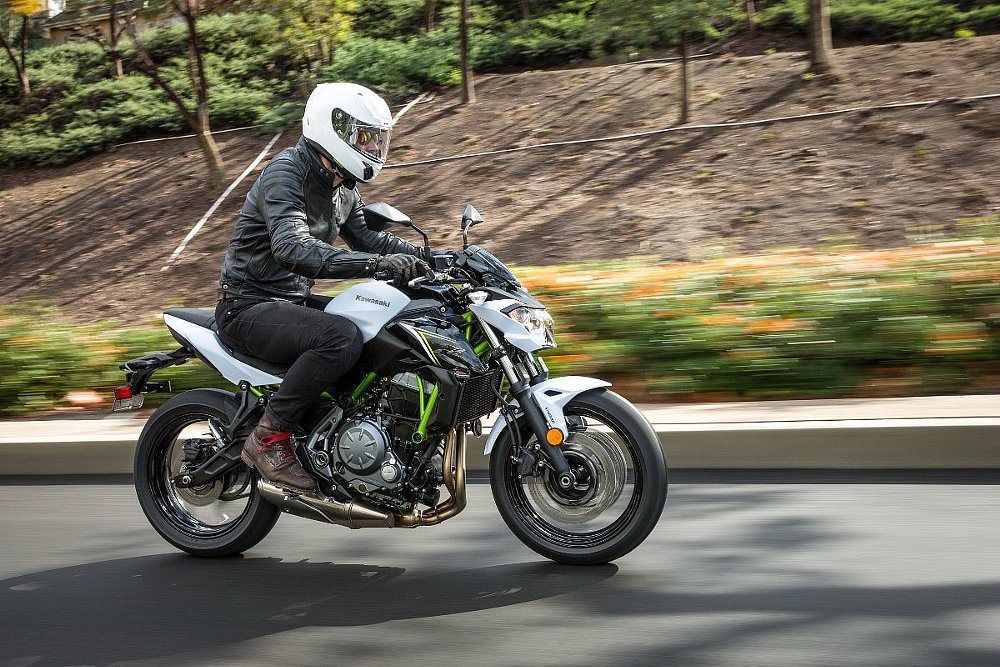
What do I think?
In general terms? I think for the street, most of the 650 or 700 class bikes (Kawi Z650/Ninja 650, Yamaha FZ-07/XSR700, Suzuki SV650) powered by twins are wonderful second bikes. If you’re dead-set on more power, look at a naked that’s not patterned after a race machine. A Kawi Z800, Z900, Z1000 comes to mind, or maybe an older Yamaha FZ8, FZ-09, or FZ1 (or their retro equivalents). These machines can often be ridden cautiously without the sudden influx of power the higher-strung race reps can inflict upon the inexperienced. Bigger Ducati Monsters could also fit the bill.
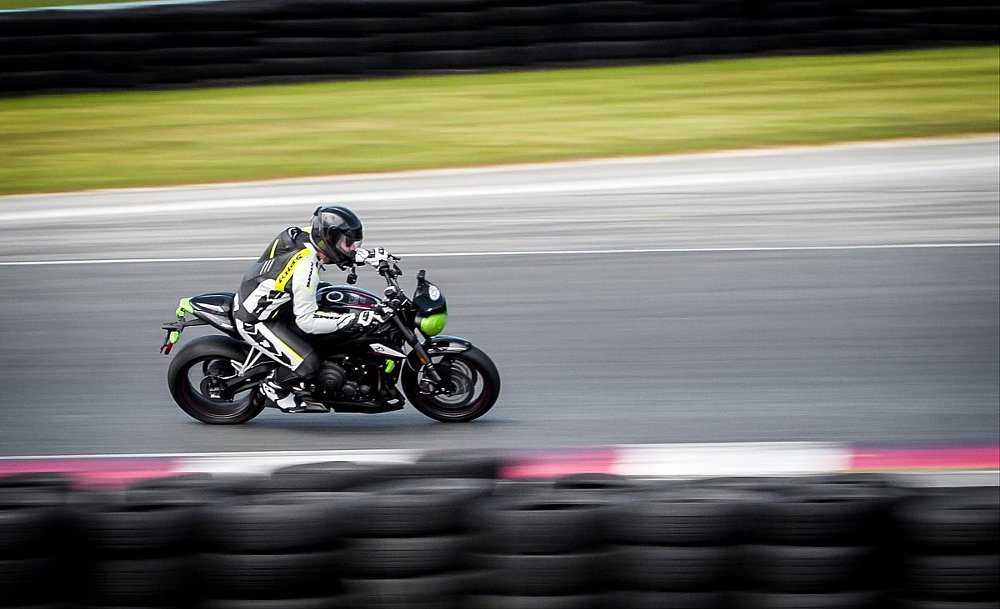
If you’re going to the track, those middleweight twins could also be appropriate, but you might want to eye up any of the 600-class fours, or perhaps a Triumph triple, be it an earlier Daytona or Street Triple R, or a later Street Triple RS.
And in the cruiser world? Nearly any Harley-Davidson Sportster, Dyna, or Softail is a good step-up bike, as are most of the middleweight-and-larger-but-not-a-full-dress-tourer metric cruisers. The same thought goes for Moto Guzzi and Indian, as well.
For dual-sports, the 650 class, new or used, is wonderful for those on a budget. (The bikes have changed so little that I’d say a well kept used bike is a better value than new.) For those who may have a few more nickels or have some enduro dreams, the 250 and 350 cycles from KTM offer formidable power in featherweight packages. And if you need more on-road capability? That BMW F series I mentioned earlier is a very manageable and affordable option. The budget bike for that class is probably the Suzuki V-Strom 650, preferably in XT trim if you can find it.
Obviously, this list isn’t comprehensive, but it should point to some of the things that will signal a motorcycle’s fitness to serve as your second ride and some things you may want to pause and think about. The second motorcycle is the fun one to buy — I’d argue even more so than the first. Yes, you’re probably a bit less excited, but this time around you’re not constrained by a lack of knowledge or experience, and obtaining more power is fun, not scary.
And all the rest are just as much fun, too. I promise.










